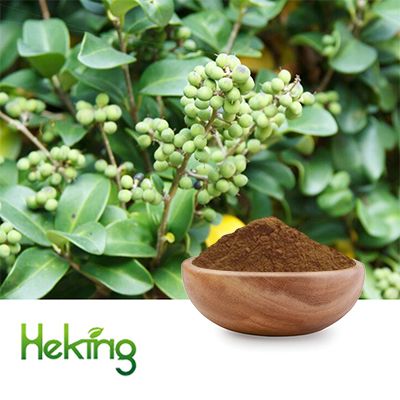Myrrh, Chinese medicine name. Commiphora myrrha Engl. Commiphora myrrha engl. Or any of the oleogum resins that exude from the skin of other plants of the same genus. Low shrub or tree, about 3m tall. Trunk thick, with many irregular spiky coarse branches; Bark thin, smooth, flaky, light orange-brown, later gray. Leaves scattered or clustered, simple or triple compound; Leaflet oblong ovate or oblanceolate, central 1 larger, 7-18mm long, 4-8mm wide, obtuse, whole margin or terminal slightly serrate; Petiole short. Flowers are small, born from short branches; Calyx cupped, persistent, with 4 obtuse teeth; Corolla white, 4-petal, oblong or linear oblong, erect; Stamens 8, protruding from the edge of short cup, erect, unequal; Ovary 3-locular, style short thick, stigma capitate. Drupe ovate, pointed, smooth, brown, outer fruit leathery or fleshy. Seeds 1-3, only 1 mature, the rest atrophied. Flowering in summer. It has the effect of promoting blood circulation, relieving pain, reducing swelling and generating muscle.
